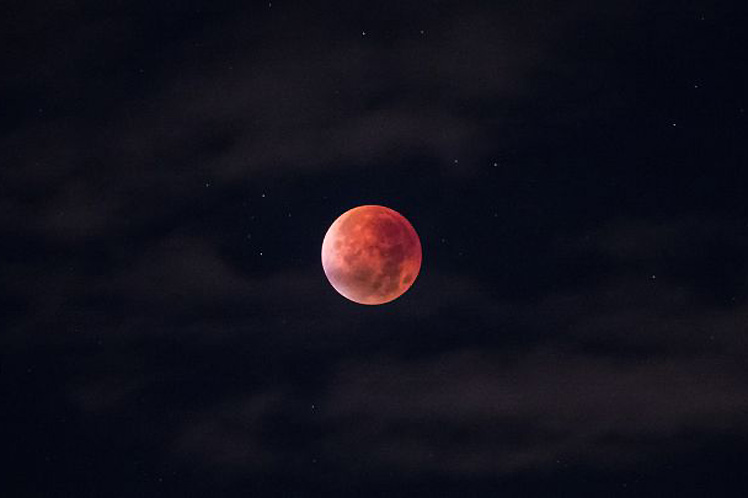A supermoon occurs when the moon is at its closest point to Earth in its orbit, known as perigee. It appears slightly larger and brighter than a typical full moon. However, scientists have yet to agree on exactly how to officially classify the phenomenon, so there is some disagreement as to whether June’s moon counts as a Supermoon.
On this occasion, the natural satellite can be observed 14% larger and up to 30% brighter than usual, located 361,536 km off the center of this planet.
Although perigee occurs nearly one per each lunar month, its coincidence with full Moon phase only crops up four times every 365 days.
‘For 2021, some publications consider the four full Moons from March to June, some the three full Moons from April to June, and some only the two full Moons in April and May as supermoons,’ NASA’s Gordon Johnston said.
Baptized as the Strawberry moon by the first Native American tribes of farmers due to the time of year in which the strawberries began to ripen, Europeans know it as the Moon of Roses, associated with the harvest of those flowers, as well as the Hot Moon, due to the beginning of summer in the northern hemisphere.
According to astronomers, the Supermoon will be visible from anywhere around the globe as long as cloudiness allows it.
pgh/Pll/jf / alb









